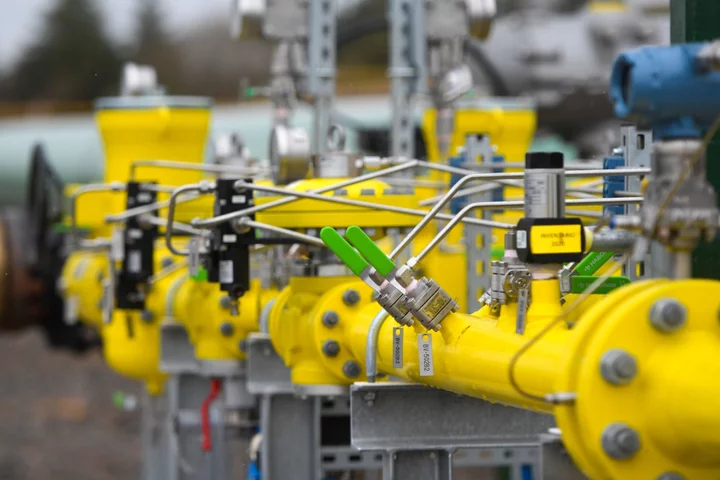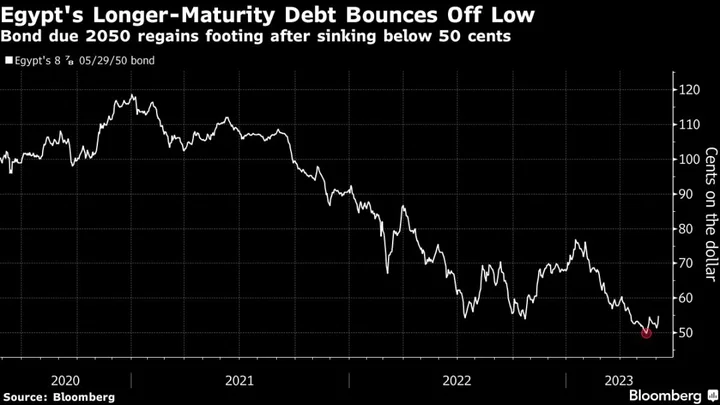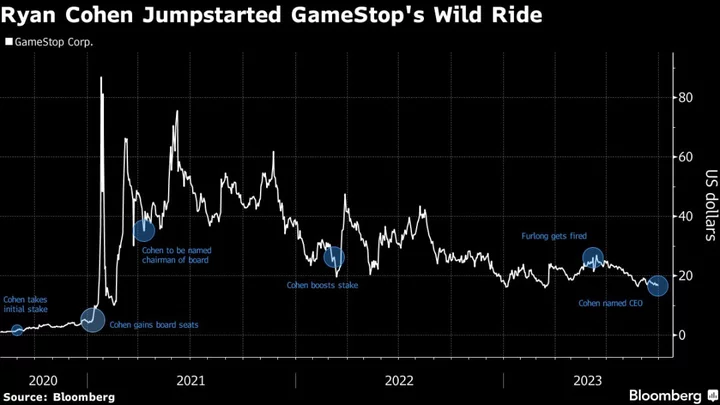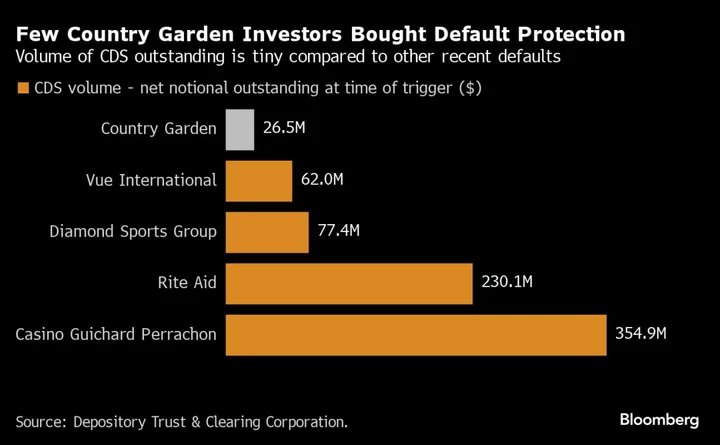A consortium led by three UK grid companies has laid out plans for retrofitting pipeline infrastructure to connect up to 11 gigawatts of hydrogen production to the grid by 2030.
Northern Gas Networks Ltd., Cadent Gas Ltd. and National Gas Transmission Plc, are making the case that emissions-heavy industry on the east coast can be switched to run on hydrogen, helping make Britain a leader in the clean fuel by 2030. The delivery plan, launched on Monday, is the next step in attracting government funding for the project.
The push comes as the UK’s hydrogen ambitions have been stalled by higher costs and a lack of clarity on subsidies that have translated into delays for projects to reach financial approval. The emissions-free fuel, made by splitting water with electricity, is considered a key part of the government’s efforts to ridding the power grid of fossil fuel dependence as it drives toward net-zero emissions.
East Coast Hydrogen is set to power the Midlands and the northeast and is expected to save up to 12 million tonnes of carbon dioxide per year by 2037 by replacing natural gas used for industry and power generation, according to the consortium. It will also support the growth of renewable energy generation, using it to produce and store hydrogen when renewable output is high but demand is low.
Hydrogen has become crucial to many decarbonization plans, partly because of the potential to use existing gas networks to bring the fuel to the grid instead of building the infrastructure from scratch. East Coast Hydrogen’s current plan also tops the £863 million feasibility study for the project launched in November 2021, when the goal was to connect more than 7 gigawatts of production by 2030.
(Corrects name of company in second paragraph of story published Nov. 13)









